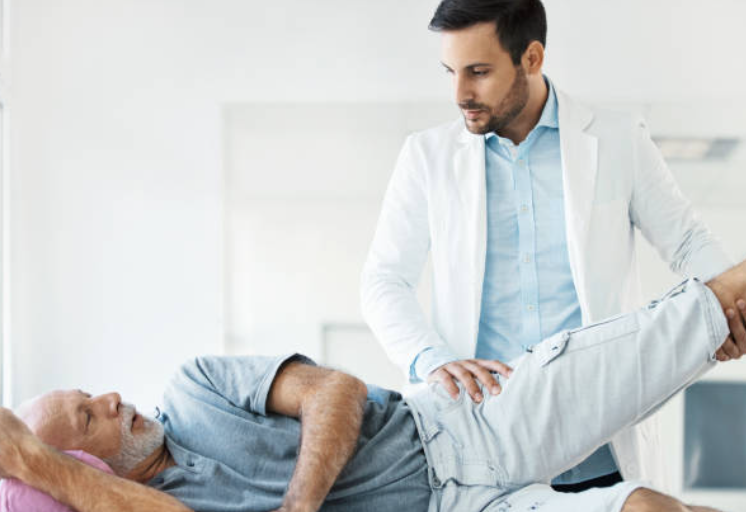Hip pain can affect anyone at any stage of their life. It is more common in the active sport population due to the repetitive load they put on their hips when they play sports. There are many reasons that causes hip pain. One of the most common issues is femoroacetabular impingement (FAI). When the hip joint (acetabular) gets stuck on the head of the thigh bone (femur) during movement this can lead to an irritated hip joint. You may find your hip especially painful in performing a deep squat or lunge.
People with FAI can often experience the following signs and symptoms:
- Clicking and locking sensation during movement
- Diffused pain at the hips
- Hip stiffness and limited movement
- Hip pain in a seated position
- Hip pain when playing sports with repetitive hip rotation and forward bending (e.g. soccer and skiing).
People with hip impingement are also usually more prone to hip arthritis due to the repetitive load being placed on the hip joint.
A common question you might ask is that if you need surgery to fix this problem? This is not a simple answer because everyone has different needs and goals. One person could want to get back to playing professional soccer while another person just wants to get back to gardening. Surgery does not always guarantee that you will be able to return to a pain-free life. Usually, surgery have higher financial cost and more associated risks. A study by Thorborg et al found that only 70% of FAI patients reported an improvement during the first year after surgery. For this reason, it is recommended to trial physiotherapy for 3-6 months before considering surgical management.
What can I do about it?
Activity modification: it is important to decrease the activities that causes your hip pain so that you can settle the pain. For example, a common issue for people with FAI is pain in deep hip bending, this can involve sitting in low chairs. Many car seats and sofas have a slope which can increase the impingement on the hip in a seated position. Elevating the seat with a pillow is often an easy and affordable solution to decrease your hip pain.
Load management: I understand you might enjoy playing your sport but perhaps consider an alternative way to incorporate it? Can you try playing with your non-dominant leg for now? Don’t worry, as our physiotherapist begin to get you stronger, we can eventually add the sport you love back into your routine. You need to establish a baseline of the physical activities you can tolerate then collaborate with the physiotherapist to reach your goals.
Visit a physiotherapist: The aim of physiotherapy is to strengthen the appropriate glute muscles. These deep hip stabilizer muscles help prevent the head of the thigh bone from moving too much and hitting the hip joint socket. A Myphysio physiotherapist can also perform some manual therapy technique to help increase room in the hip joint hence allowing the hip to freely move in the joint. You don’t have to live with hip pain, book an appointment with one of our friendly physiotherapists today.
References:
Thorborg K, Kraemer O, Madsen AD, Hölmich P. Patient-Reported Outcomes Within the First Year After Hip Arthroscopy and Rehabilitation for Femoroacetabular Impingement and/or Labral Injury: The Difference Between Getting Better and Getting Back to Normal. Am J Sports Med. 2018;46(11):2607-2614. doi:10.1177/0363546518786971

